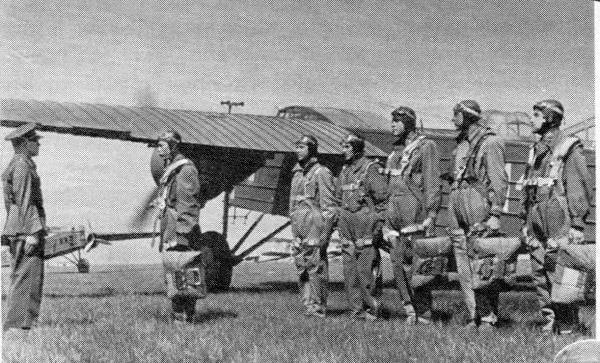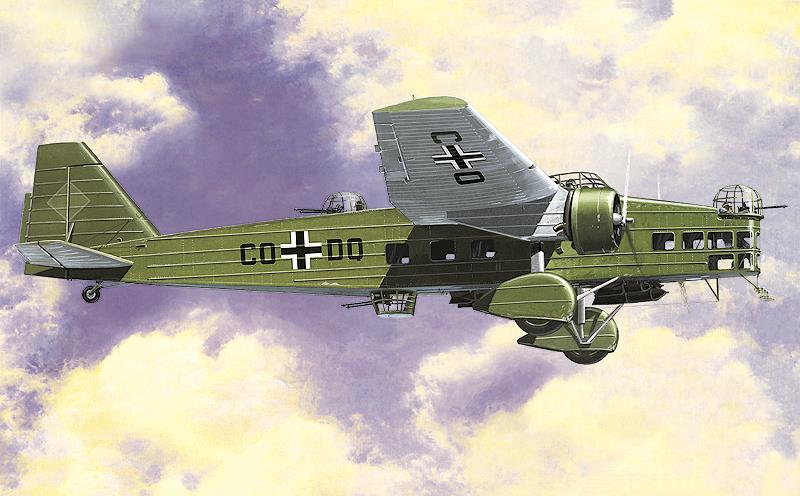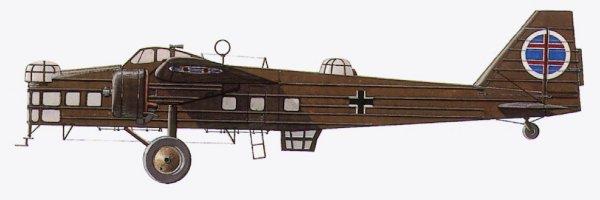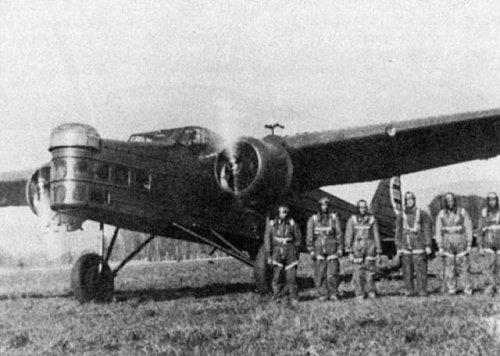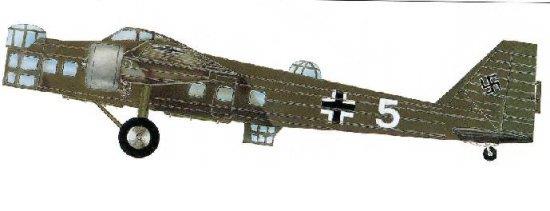| Type |
medium bomber , transport |
| Engine |
2 Walter K-14-I |
| Dimensions |
Length 16,0 m , height 3,92 m , span 22,45 m , wing area 67,00 m2 , |
| Weights |
Empty , loaded 8199 kg , max. take off weight |
| Performance |
Max.. speed 280 km/h , cruising speed 205 km/h , range 1000 km, endurance , service ceiling 6000 m , climb |
| Armament |
5 moveable machine guns Zbrojovka Strakonice Mk. 30 7,92 mm (one machine gun in turret on the nose of fuselage, double machine gun Mk. 37 in ridge turrets upper and lower)
- abbility to carry 8 x 100 kg bombs in the fuselage, 2 x 500 kg under the fuselage and 10 x 20 kg under the wings |
